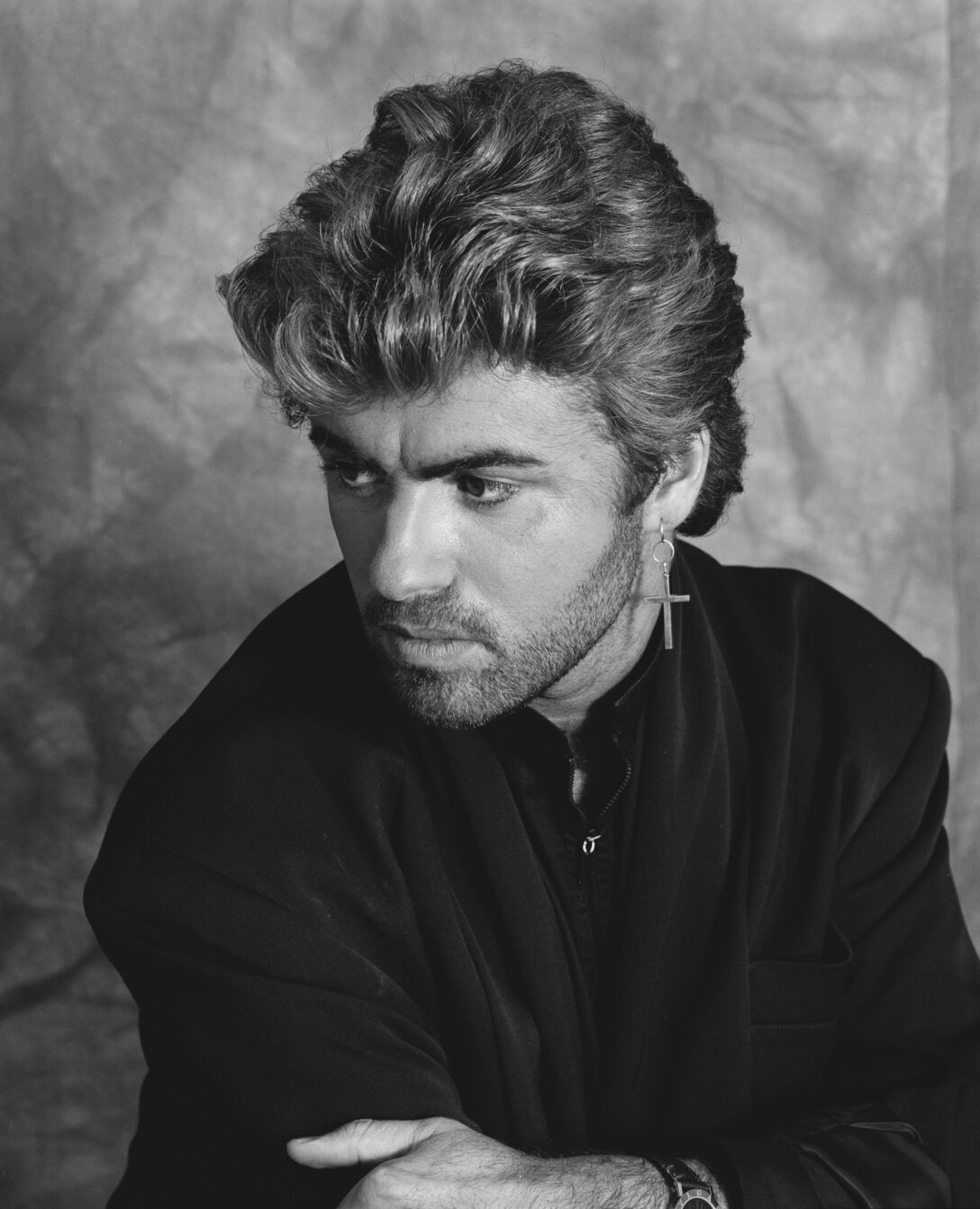How did the “gay ear” myth come to be?
What's gay about a single earring? Apparently, a lot

Is there such a thing as a “gay ear?”
Of course not—but there is an intriguing history surrounding the practice of wearing a single earring, and one historian has blessed us with an explanation.
How about we take this to the next level?
Subscribe to our newsletter for a refreshing cocktail (or mocktail) of LGBTQ+ entertainment and pop culture, served up with a side of eye-candy.
Subscribe to our Newsletter today
Queer historian Amanda W. Timpson has been putting in the work for years with her TikTok deep dives on everything from the origin of the lesbian star tattoo to an appreciation of the legendary Black queer choreographer Alvin Ailey.
Recently, Timpson explained how the practice of wearing a single earring became both a common 80s trend among queer men, and a stigmatized practice in broader society.
While ear piercings for all genders have been a common accessory throughout history, in the 1980s, a single pierced ear came to symbolize something specifically queer—and allegedly randy.
As Timpson explains, ear piercing for men fell out of vogue in America in the 1920s, and didn’t remerge as a trend until the 1970s, when glam rockers made wearing lipstick, jewelry, and fruity little outfits chic once again.
But by the 1980s, things had changed. While the ’70s were a much more open time for queerness in general post-Gay Liberation—see Edmund White’s fantastic States of Desire for more on this—by the 1980s and the beginnings of AIDS panic, American culture slid back into its old homophobic ways.
“Wearing an earring very quickly became a way for gay men in the U.S. to flag their orientation to other people in the know,” Timpson explains, stating that there was a period when men could signal certain sex preferences by wearing the earring in the right or left ear. Over time, this turned into the “gay ear” phenomenon, whereby an earring worn in the right ear became a signal of queerness.
Unfortunately—and because homophobes ruin everything—this intracommunity knowledge caught on, and the broader public soon started making stigmatizing comments about it.
“If you grew up in the 80s or 90s,” Timpson says, “I bet you heard the phrase “left is right and right is wrong,” which implies that as long as you keep your fruity single earring to the left side of your face, you’ll never be interpreted as gay.
Timpson even references the moment in the John Hughes classic The Breakfast Club when bad boy Bender, played by Judd Nelson, puts the earring he’s received from Molly Ringwald in his left ear, not his right, enforcing the idea that there was a “right” and “wrong” way to wear a single earring as a man. The presence of a single earring in the “wrong” ear even got queer people—and straight people—targeted for violence in the ’80s and ’90s.
Naturally, stigma-busting icons like George Michael, Elton John—and Prince, despite not being gay—used this knowledge to fly in the face of convention by boldly rocking a single earring on their right ears. In 1987, Michael shocked the world by wearing not just any earring, but a Catholic cross earring on the cover of his debut solo album Faith.
Speaking about it to reporters, he talked more about the Catholic symbology than the gay symbology and said that it might be “wrong” to wear the cross. But queer people certainly knew what he was trying to signal with his new image.
Michael wasn’t the only one causing a stir with his accessories: the famously controversial Earring Magic Ken also rocked a right-ear loop, and it did not go unnoticed by straight people who already found the extra-queer Ken doll disturbing.
Today, fortunately, we have other ways to tell if someone else is gay, making the single earring trend less necessary. But the look still pops up in interesting contexts—like on Red, White, and Royal Blue star Nicholas Galitzine in The Craft: Legacy and “Mary and George.” And we can’t forget when Harry Styles rocked a single pearl earring to the Met Gala in 2019.
Times may change, but rocking a single gay earring will always be in style. It’s not only elementary—it’s living history.
Related
When the going gets tough, the queens get going: Why drag’s rich history should fuel the resistance
Drag isn’t just our armor. It’s the spark of political imagination that helps us both envision and enact a more equitable world.
Sign up for the Queerty newsletter to stay on top of the hottest stories in LGBTQ+ entertainment, politics, and culture.

 Mark
Mark  (@georgemichaelfam)
(@georgemichaelfam)





